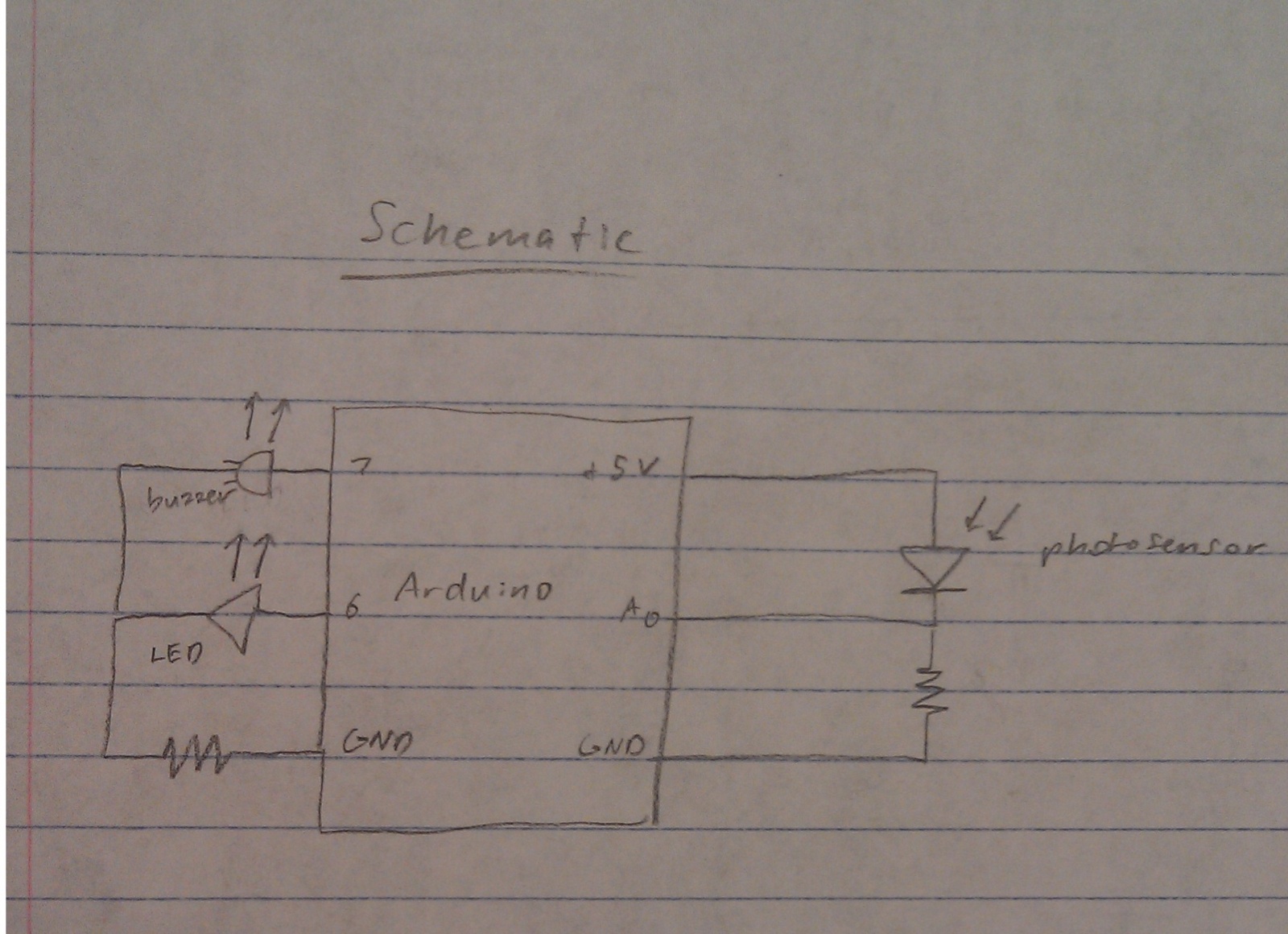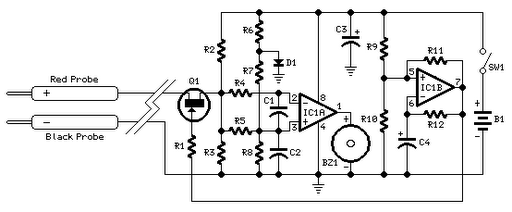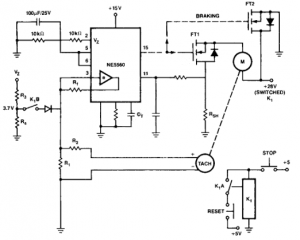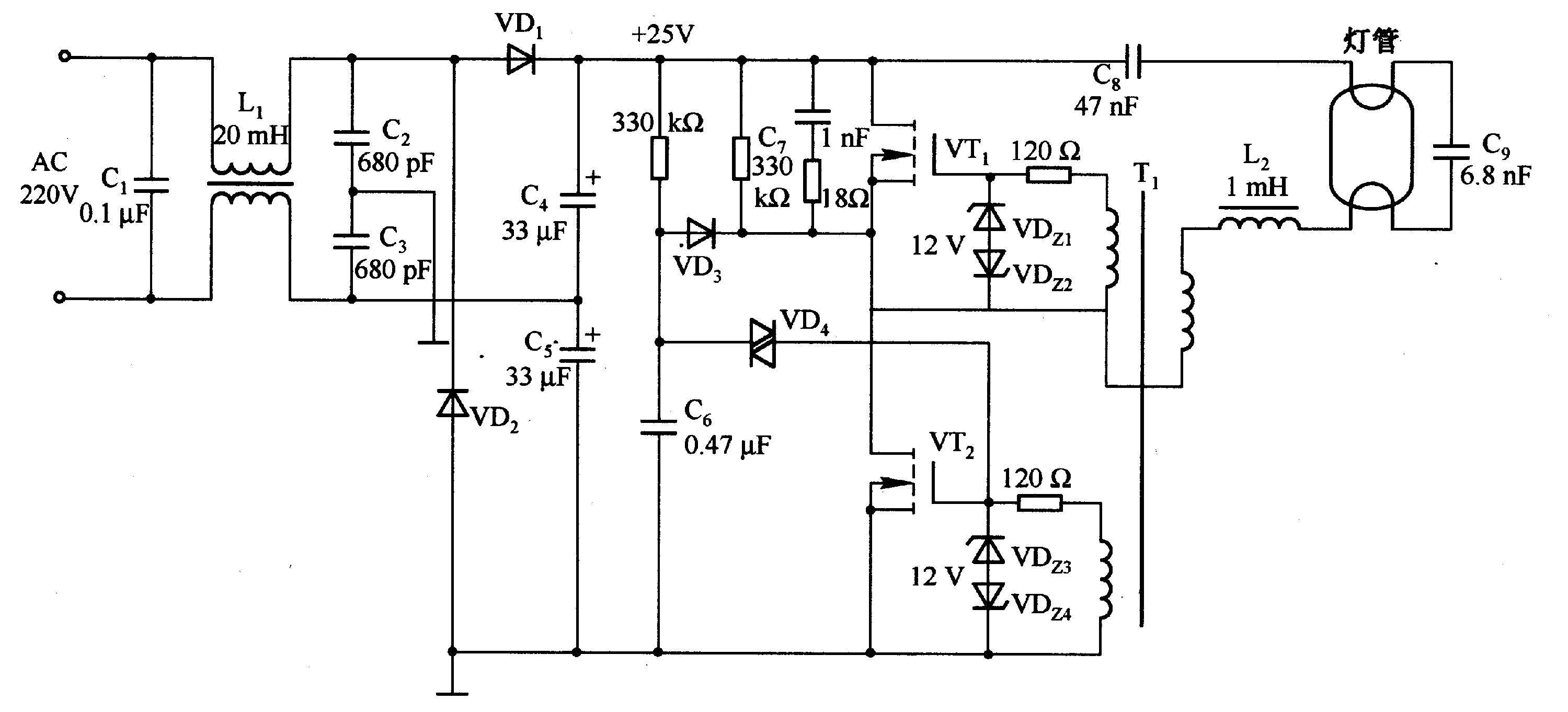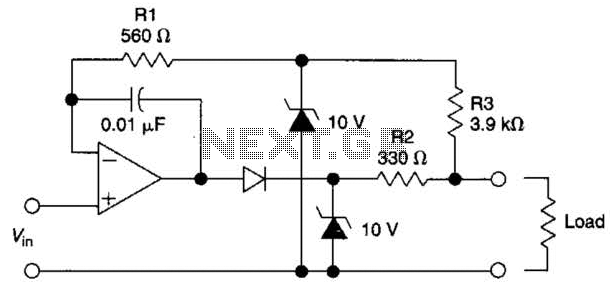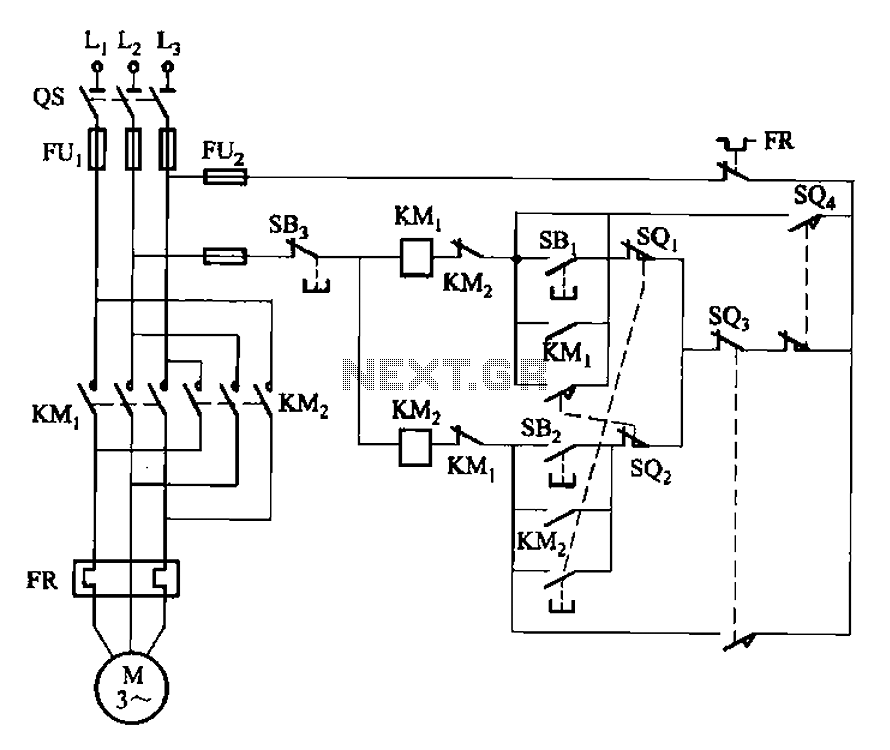
pic circuit
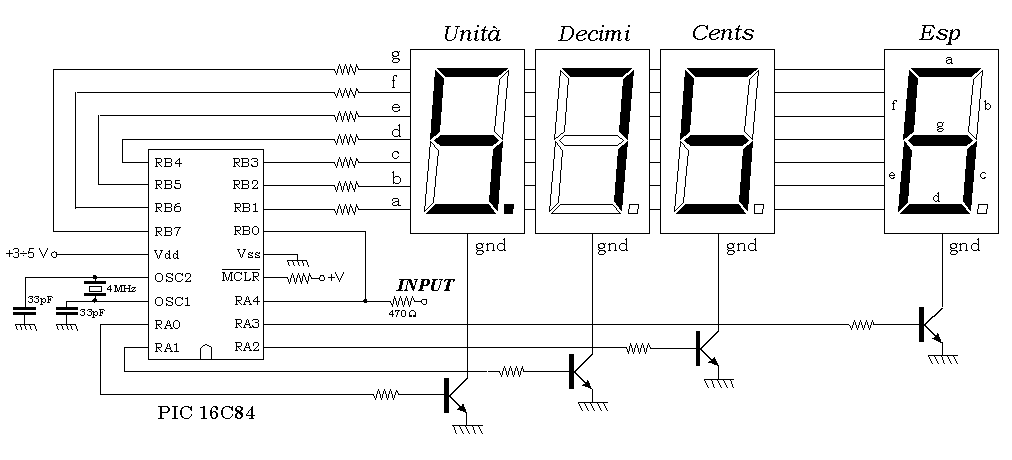
This is a simple 50 MHz auto-ranging frequency meter developed as a course project by Simone Benvenuti and Andrea Geniola. It utilizes a single PIC 16C84 microcontroller and four displays to measure frequencies in the range of 0 Hz to 50 MHz. The output is presented in exponential format (XXX E) to maintain a sufficient number of significant digits. The PIC microcontroller enters a shutdown mode when the input is idle for a certain period and automatically powers on when a frequency signal is detected at the input. Source code and schematics are available. Additionally, there is a cable tester composed of two modules, designed to test network, phone, or other cables where the two ends are distanced from each other. This project was partly developed by Maurizio Fabbri and Fabio Raso. Complete schematics, source code, and documentation are provided. The sources should be assembled using Timo Rossi's picasm.
The 50 MHz auto-ranging frequency meter is designed to provide an efficient and user-friendly means of measuring frequency signals across a wide range. The core component, the PIC 16C84 microcontroller, is a versatile 8-bit device that enables precise frequency measurement and control of the display outputs. The system's architecture integrates four seven-segment displays, which are driven by the microcontroller to present frequency readings in an exponential format. This format is advantageous for displaying a wide range of values while ensuring that significant digits are preserved, enhancing the accuracy of readings.
The frequency meter operates by sampling the input signal and processing the frequency data using the microcontroller's internal algorithms. The shutdown feature is particularly useful for power conservation, allowing the device to remain inactive during periods of no signal input. Upon detecting a frequency input, the microcontroller is programmed to wake from its low-power state, ensuring quick responsiveness for real-time measurements.
In addition to the frequency meter, the cable tester module serves a distinct purpose by allowing users to verify the integrity of various types of cables over long distances. The design consists of two separate modules that communicate with each other, enabling the user to test cables such as network and telephone lines effectively. This module also incorporates a microcontroller and displays to provide feedback on the testing process.
Complete schematics for both the frequency meter and the cable tester are provided, along with the necessary source code for implementation. The assembly of the software is facilitated by Timo Rossi's picasm, which is a suitable assembler for the PIC microcontroller environment. The documentation accompanying these projects offers guidance on assembly, operation, and troubleshooting, making it accessible for educational purposes and practical applications in electronics testing.This is a simple 50 MHz auto-ranging Frequency meter, developed as a course project by Simone Benvenuti and Andrea Geniola. It uses a single PIC 16C84 and 4 displays to measure frequencies in the 0Hz. 50MHz range. Output is shown in exponential format (XXX E) in order to have enough significant digits. The PIC shuts down when the input is idle for some time, and turns on automatically when a frequency is applied to the input. Source code and schematics available. This is a cable tester made of two modules, useful to test network or phone or other cables where the two ends are far away from each other. Partly developed as a course project by Maurizio Fabbri, Fabio Raso. Schematics and full source and documentation. The sources should be assembled with Timo Rossi`s picasm. 🔗 External reference
The 50 MHz auto-ranging frequency meter is designed to provide an efficient and user-friendly means of measuring frequency signals across a wide range. The core component, the PIC 16C84 microcontroller, is a versatile 8-bit device that enables precise frequency measurement and control of the display outputs. The system's architecture integrates four seven-segment displays, which are driven by the microcontroller to present frequency readings in an exponential format. This format is advantageous for displaying a wide range of values while ensuring that significant digits are preserved, enhancing the accuracy of readings.
The frequency meter operates by sampling the input signal and processing the frequency data using the microcontroller's internal algorithms. The shutdown feature is particularly useful for power conservation, allowing the device to remain inactive during periods of no signal input. Upon detecting a frequency input, the microcontroller is programmed to wake from its low-power state, ensuring quick responsiveness for real-time measurements.
In addition to the frequency meter, the cable tester module serves a distinct purpose by allowing users to verify the integrity of various types of cables over long distances. The design consists of two separate modules that communicate with each other, enabling the user to test cables such as network and telephone lines effectively. This module also incorporates a microcontroller and displays to provide feedback on the testing process.
Complete schematics for both the frequency meter and the cable tester are provided, along with the necessary source code for implementation. The assembly of the software is facilitated by Timo Rossi's picasm, which is a suitable assembler for the PIC microcontroller environment. The documentation accompanying these projects offers guidance on assembly, operation, and troubleshooting, making it accessible for educational purposes and practical applications in electronics testing.This is a simple 50 MHz auto-ranging Frequency meter, developed as a course project by Simone Benvenuti and Andrea Geniola. It uses a single PIC 16C84 and 4 displays to measure frequencies in the 0Hz. 50MHz range. Output is shown in exponential format (XXX E) in order to have enough significant digits. The PIC shuts down when the input is idle for some time, and turns on automatically when a frequency is applied to the input. Source code and schematics available. This is a cable tester made of two modules, useful to test network or phone or other cables where the two ends are far away from each other. Partly developed as a course project by Maurizio Fabbri, Fabio Raso. Schematics and full source and documentation. The sources should be assembled with Timo Rossi`s picasm. 🔗 External reference
